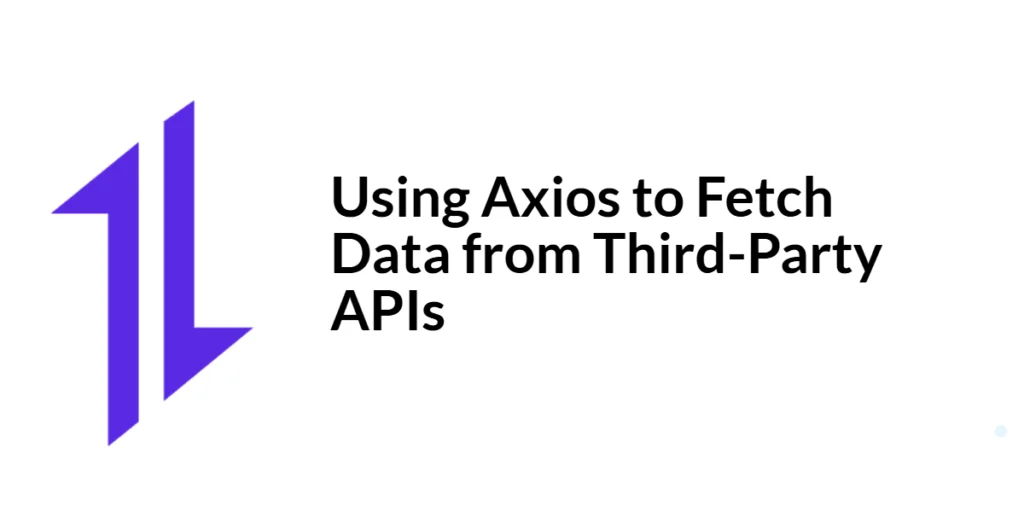Sorting is one of the most important skills for every programmer to master. It allows you to arrange data in a particular order, making it easier to analyze, search, and display. Merge Sort is a classic sorting algorithm that plays a big role in computer science and software development. It’s fast, efficient, and introduces beginners to powerful ideas like recursion and the divide-and-conquer approach.

with hands-on learning.
get the skills and confidence to land your next move.
Merge Sort works by splitting an array into smaller parts, sorting those parts individually, and then merging them back together in the right order. This method ensures that even large amounts of data can be sorted quickly. Understanding Merge Sort helps beginners build a strong foundation in algorithm design, problem-solving, and GoLang programming concepts.
Program 1: Merge Sort Using Recursion
This first program demonstrates the traditional Merge Sort algorithm using recursion. It repeatedly divides the array into halves, sorts each half, and then merges them back together.
package main
import "fmt"
func mergeSort(arr []int) []int {
if len(arr) <= 1 {
return arr
}
mid := len(arr) / 2
left := mergeSort(arr[:mid])
right := mergeSort(arr[mid:])
return merge(left, right)
}
func merge(left, right []int) []int {
result := []int{}
i, j := 0, 0
for i < len(left) && j < len(right) {
if left[i] < right[j] {
result = append(result, left[i])
i++
} else {
result = append(result, right[j])
j++
}
}
result = append(result, left[i:]...)
result = append(result, right[j:]...)
return result
}
func main() {
numbers := []int{38, 27, 43, 3, 9, 82, 10}
sorted := mergeSort(numbers)
fmt.Println("Sorted array:", sorted)
}This code divides the array recursively until each subarray contains a single element. It then merges them in sorted order using the merge function. Beginners can see how breaking a big problem into smaller ones makes the task much simpler.
Program 2: Merge Sort in Descending Order
This version shows how to sort an array from largest to smallest. The change is minor, but it demonstrates how flexible Merge Sort is.
package main
import "fmt"
func mergeSortDesc(arr []int) []int {
if len(arr) <= 1 {
return arr
}
mid := len(arr) / 2
left := mergeSortDesc(arr[:mid])
right := mergeSortDesc(arr[mid:])
return mergeDesc(left, right)
}
func mergeDesc(left, right []int) []int {
result := []int{}
i, j := 0, 0
for i < len(left) && j < len(right) {
if left[i] > right[j] {
result = append(result, left[i])
i++
} else {
result = append(result, right[j])
j++
}
}
result = append(result, left[i:]...)
result = append(result, right[j:]...)
return result
}
func main() {
numbers := []int{38, 27, 43, 3, 9, 82, 10}
sorted := mergeSortDesc(numbers)
fmt.Println("Sorted array in descending order:", sorted)
}The only difference is the comparison operator inside the merge step. Beginners can easily see how changing a single condition alters the entire sorting behavior.
Program 3: Merge Sort with Step-by-Step Printing
For learners, seeing each merge step helps make sense of recursion. This version prints the intermediate merging process so you can watch the algorithm work.
package main
import "fmt"
func mergeSortPrint(arr []int) []int {
if len(arr) <= 1 {
return arr
}
mid := len(arr) / 2
left := mergeSortPrint(arr[:mid])
right := mergeSortPrint(arr[mid:])
merged := mergePrint(left, right)
fmt.Println("Merging:", merged)
return merged
}
func mergePrint(left, right []int) []int {
result := []int{}
i, j := 0, 0
for i < len(left) && j < len(right) {
if left[i] < right[j] {
result = append(result, left[i])
i++
} else {
result = append(result, right[j])
j++
}
}
result = append(result, left[i:]...)
result = append(result, right[j:]...)
return result
}
func main() {
numbers := []int{38, 27, 43, 3, 9, 82, 10}
sorted := mergeSortPrint(numbers)
fmt.Println("Final sorted array:", sorted)
}By printing each merging step, beginners can visually follow how the array gradually gets sorted. It helps demystify recursion and builds intuition for how the algorithm actually flows.
Program 4: In-Place Merge Sort
In the standard Merge Sort, extra slices are created during merging. In this version, we perform the merge directly within the original slice, saving memory.
package main
import "fmt"
func mergeSortInPlace(arr []int, left, right int) {
if left >= right {
return
}
mid := (left + right) / 2
mergeSortInPlace(arr, left, mid)
mergeSortInPlace(arr, mid+1, right)
mergeInPlace(arr, left, mid, right)
}
func mergeInPlace(arr []int, left, mid, right int) {
temp := []int{}
i, j := left, mid+1
for i <= mid && j <= right {
if arr[i] < arr[j] {
temp = append(temp, arr[i])
i++
} else {
temp = append(temp, arr[j])
j++
}
}
for i <= mid {
temp = append(temp, arr[i])
i++
}
for j <= right {
temp = append(temp, arr[j])
j++
}
for k := 0; k < len(temp); k++ {
arr[left+k] = temp[k]
}
}
func main() {
numbers := []int{38, 27, 43, 3, 9, 82, 10}
mergeSortInPlace(numbers, 0, len(numbers)-1)
fmt.Println("Sorted array (in-place):", numbers)
}This in-place version doesn’t create separate arrays for left and right parts during recursion. Instead, it merges them directly inside the main array. This approach uses less memory, which is helpful for large datasets. Beginners also get to learn how index manipulation can replace the use of subarrays.
Program 5: Merge Sort Using Generic Slices
Go 1.18 introduced generics, allowing us to write flexible code that works with any type. This version demonstrates Merge Sort using generics, so it can sort integers, floats, or even strings.
package main
import "fmt"
func mergeSortGeneric[T comparable](arr []T, less func(a, b T) bool) []T {
if len(arr) <= 1 {
return arr
}
mid := len(arr) / 2
left := mergeSortGeneric(arr[:mid], less)
right := mergeSortGeneric(arr[mid:], less)
return mergeGeneric(left, right, less)
}
func mergeGeneric[T comparable](left, right []T, less func(a, b T) bool) []T {
result := []T{}
i, j := 0, 0
for i < len(left) && j < len(right) {
if less(left[i], right[j]) {
result = append(result, left[i])
i++
} else {
result = append(result, right[j])
j++
}
}
result = append(result, left[i:]...)
result = append(result, right[j:]...)
return result
}
func main() {
numbers := []int{38, 27, 43, 3, 9, 82, 10}
sortedInts := mergeSortGeneric(numbers, func(a, b int) bool { return a < b })
fmt.Println("Sorted integers:", sortedInts)
names := []string{"Hermione", "Ron", "Harry", "Draco", "Luna"}
sortedNames := mergeSortGeneric(names, func(a, b string) bool { return a < b })
fmt.Println("Sorted names:", sortedNames)
}This program introduces Go’s powerful generics feature, allowing Merge Sort to work on any data type. It uses a comparison function to decide how to order elements, which gives beginners a strong idea of how type flexibility and higher-order functions work together in Go.
Frequently Asked Questions (FAQ)
Beginners often find Merge Sort fascinating yet a bit tricky at first. Here are some common questions to clear up confusion.
Q1: What is Merge Sort?
Merge Sort is a divide-and-conquer algorithm that splits an array into smaller parts, sorts each one, and merges them together in order.
Q2: Why is Merge Sort efficient?
Merge Sort has a time complexity of O(n log n), making it much faster for large datasets compared to simple algorithms like Bubble Sort or Insertion Sort.
Q3: What is in-place merging?
In-place merging means sorting and merging directly within the same array, which reduces the extra memory usage during the process.
Q4: What are generic slices in Go?
Generics allow functions to work with any data type without duplicating code. In Merge Sort, generics help us sort integers, floats, or strings with one implementation.
Q5: Where is Merge Sort used in real life?
Merge Sort is often used in sorting large files, linked lists, and scenarios where stable sorting (preserving order of equal elements) is important.
Conclusion
Merge Sort is one of the most powerful and efficient sorting algorithms that every beginner should learn. It not only introduces key concepts like recursion and divide-and-conquer but also teaches how to write clean, efficient, and flexible code. By exploring variations like descending order, in-place merging, and generics, you gain a deeper understanding of GoLang’s capabilities and modern programming techniques.
The best way to learn is by experimenting — try changing comparison logic, printing steps, or sorting different data types. With practice, Merge Sort becomes second nature and opens the door to mastering more advanced algorithms.







